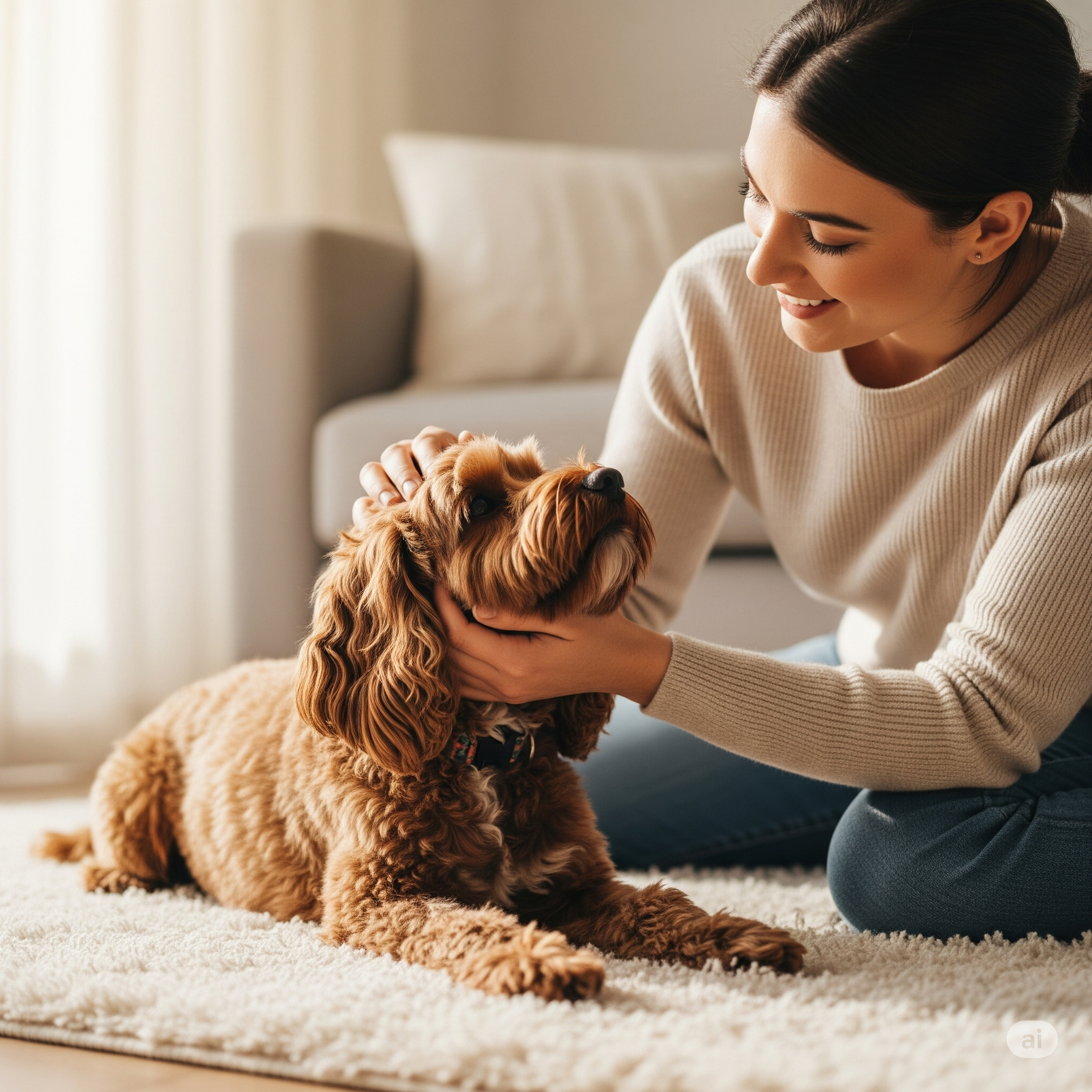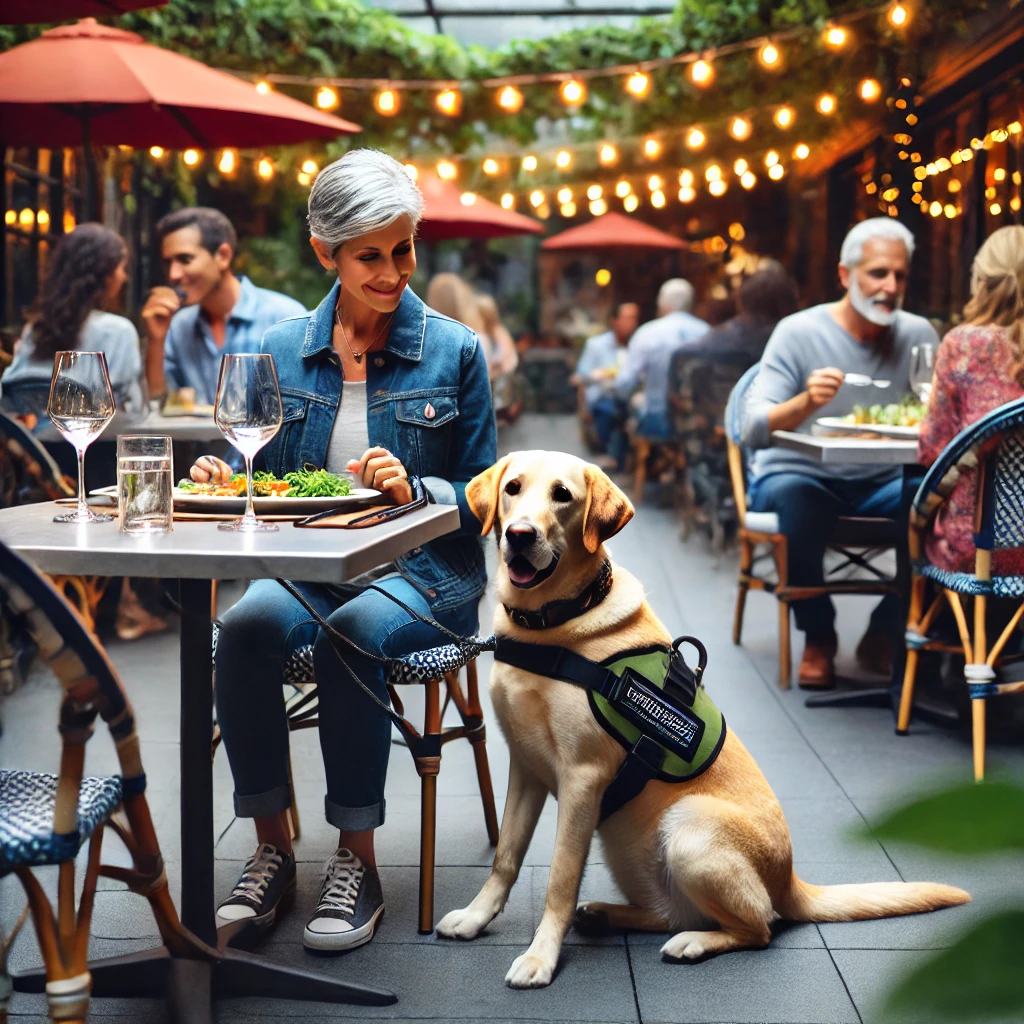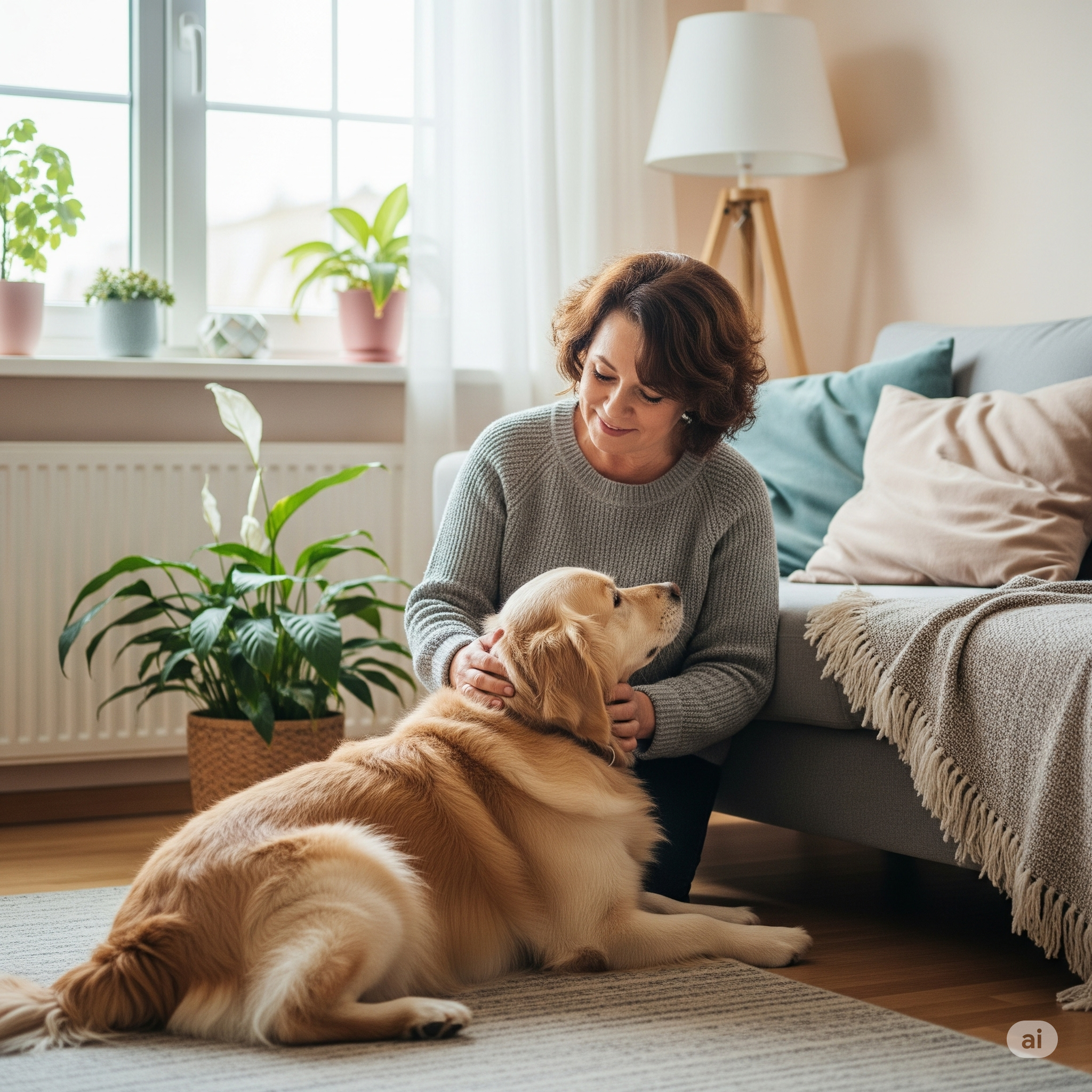Bringing a new puppy into your home is an exciting adventure, filled with wagging tails, playful antics, and endless cuddles. For some, however, this furry addition has a deeper purpose: to grow into an Emotional Support Animal (ESA). While the concept of an ESA is centered on companionship and presence rather than specific tasks, preparing a puppy to become a stable, comforting, and well-behaved ESA involves thoughtful training and socialization.
It’s crucial to understand from the outset that an ESA is not a service animal. Service animals, like Psychiatric Service Dogs (PSDs), are individually trained to perform specific tasks directly related to a person’s disability. ESAs, on the other hand, provide therapeutic benefit simply through their presence and comfort. This distinction means that while specialized task training is not required for an ESA, foundational training in temperament, obedience, and socialization is absolutely essential for a successful and harmonious relationship.
The goal isn’t to turn your puppy into a working dog in the traditional sense, but to nurture a calm, adaptable, and emotionally stable companion capable of providing consistent support. A well-adjusted ESA is a joy to live with and is less likely to encounter issues when accompanying you in situations where ESAs are permitted (like in housing under the Fair Housing Act).
Laying the Groundwork: Early Socialization
The most critical period for a puppy’s development is often referred to as the “socialization window,” roughly from 3 to 16 weeks of age. During this time, puppies are highly impressionable and receptive to new experiences. Positive exposure during this period can shape their entire personality, making them more resilient and less prone to anxiety or aggression later in life.
-
Introduce to Varied People: Expose your puppy to a wide range of people of different ages, genders, appearances (hats, glasses, uniforms), and gaits. Encourage gentle interactions.
-
Diverse Environments: Safely introduce your puppy to different sights, sounds, and textures. Think about city noises, busy streets (from a distance initially), parks, various floor surfaces, and even public transport simulations (e.g., sitting in a stationary car).
-
Positive Animal Interactions: If safe and appropriate, allow supervised, positive interactions with other vaccinated, well-behaved dogs and other species. This helps them learn appropriate social cues.
-
Handling and Grooming: Regularly handle your puppy’s paws, ears, mouth, and tail. Practice gentle grooming routines like brushing, nail trims, and tooth brushing. This builds tolerance for necessary care and future veterinary visits.
-
New Objects and Sounds: Introduce everyday objects (umbrellas, vacuums, strollers) and common household sounds. Keep initial exposures brief and positive, paired with treats or praise.
The key is to make every new experience positive, ensuring the puppy feels safe and rewarded. A well-socialized puppy grows into a confident adult, which is a foundational trait for an effective ESA.
Foundational Obedience: Beyond Good Manners
While an ESA doesn’t need to fetch your medication, a solid foundation in basic obedience is crucial for their role as a supportive companion. Obedience provides structure, builds clear communication, and ensures your puppy is a polite and manageable presence in your home and potentially in public settings where ESAs are allowed.
-
Potty Training: A fully house-trained dog is non-negotiable for an ESA. This involves consistent scheduling, positive reinforcement for appropriate elimination, and immediate cleanup of accidents.
-
Crate Training: A crate can be a safe, comforting den for your puppy. It aids in potty training, provides a secure space when you’re away, and can be invaluable for travel or if your ESA ever needs to be confined temporarily.
-
Leash Training: Your ESA should walk politely on a leash without pulling. This makes walks enjoyable and manageable, and allows you to control your dog safely in public.
-
Basic Commands: Teach essential commands like “sit,” “stay,” “come,” “down,” and “leave it.” These commands provide control and can be used to redirect unwanted behaviors or ensure safety.
-
“Place” or “Go to Mat”: Training your puppy to go to a designated “place” or mat and stay there calmly can be incredibly useful in various settings, teaching them to settle down and be out of the way.
-
Impulse Control: Work on exercises that teach impulse control, such as waiting for food, waiting to go through a door, or not jumping on people. A calm, non-impulsive dog is less likely to cause disruptions.
Use positive reinforcement methods—treats, praise, and toys—to make training fun and rewarding. Avoid harsh corrections or punishment, as these can damage your bond and create fear, which is counterproductive for an emotional support animal.
Temperament Assessment and Nurturing Calmness
Not every puppy is destined to be an ESA. While socialization and training can significantly influence a dog’s behavior, innate temperament also plays a role. An ideal ESA possesses certain temperament traits that facilitate their supportive role.
-
Calm Demeanor: Look for a puppy that can settle easily, isn’t overly excitable, and recovers quickly from startling events.
-
Resilience: The ability to bounce back from minor stressors or changes in routine is important. An ESA should be adaptable rather than prone to panic or extreme anxiety.
-
Affectionate but Not Overly Demanding: An ESA should enjoy human contact and be willing to offer comfort without being constantly needy or attention-seeking to the point of being disruptive.
-
Confidence, Not Aggression or Fear: A well-adjusted ESA should be confident but not aggressive, and should not be overly fearful or prone to shyness.
As your puppy grows, continue to reinforce calm behavior. Provide adequate exercise to burn off excess energy, but also teach them how to relax and settle down. Create a predictable routine, which can be very comforting for dogs and contribute to their overall stability.
Habituation to Various Environments
For an ESA, being able to remain calm and composed in different environments is key to their effectiveness. While they don’t have the same broad public access rights as service animals, they are protected in housing and sometimes on certain airlines. This means they might encounter new people, sounds, and smells.
-
Home Environment: Ensure your puppy is comfortable with all household noises (vacuum, doorbell, phone), visitors, and different family members.
-
Friend and Family Homes: If comfortable, gradually introduce your puppy to the homes of friends or family members where they will be welcomed. This helps them adapt to new interior spaces.
-
Outdoor Spaces: Continue exposure to parks, sidewalks, and other outdoor settings, always maintaining control and ensuring positive experiences.
-
Simulated Travel: If you plan to fly with your ESA (check current airline regulations carefully, as ESA air travel has changed significantly), habituate them to their travel carrier and the sounds/motions of travel. This includes car rides, which are often the first step towards more complex travel.
The goal is to prevent your puppy from being overly startled or stressed by novelty. A puppy accustomed to a variety of safe, positive experiences will be better equipped to handle new situations that arise in their role as an ESA.
Understanding the ESA Letter: The Official Step
After your puppy has matured and demonstrated the desired temperament and good behavior, the final step to officially recognizing them as an ESA involves obtaining a legitimate ESA letter. This is a formal document from a licensed mental health professional (LMHP).
The LMHP must:
- Have an established therapeutic relationship with you.
- Confirm that you have a mental or emotional disability recognized by the DSM-5.
- State that the presence of the animal alleviates one or more symptoms of your disability.
Crucially, the LMHP evaluates your need, not the animal’s training or specific skills. There is no “certification” or “registration” for an ESA. The legitimacy rests solely on the professional’s assessment and the letter they provide. Do not fall for online scams offering instant ESA certifications without a proper evaluation.
Beyond Puppyhood: Continued Support
The preparation doesn’t end when your puppy becomes an official ESA. Like any relationship, the bond with your ESA requires ongoing nurturing.
-
Consistent Training: Continue to reinforce good behavior and obedience commands. Regular practice keeps their skills sharp.
-
Mental and Physical Stimulation: Provide adequate exercise and mental enrichment to keep your ESA happy and healthy. A bored dog can develop behavioral issues.
-
Veterinary Care: Regular veterinary check-ups are essential for your ESA’s health and well-being. A healthy ESA is a more effective companion.
-
Observe and Adapt: Pay attention to your ESA’s cues and behaviors. If they seem stressed or unwell, address the issue promptly.
Preparing a puppy to become an Emotional Support Animal is a journey of love, patience, and consistent effort. By focusing on early socialization, foundational obedience, nurturing a calm temperament, and understanding the legal requirements, you can foster a well-adjusted companion who provides invaluable comfort and support for your mental health.
References
American Veterinary Society of Animal Behavior. (2008). Position Statement On Puppy Socialization. https://avsab.org/wp-content/uploads/2018/03/Puppy_Socialization_Position_Statement_Download_-_10-3-14.pdf
U.S. Department of Housing and Urban Development. (2020, January 28). Assessing a person’s request to have an animal as a reasonable accommodation under the Fair Housing Act. FHEO-2020-01. https://www.hud.gov/sites/dfiles/FHEO/documents/HUD_Guidance_on_ESA_01-28-2020.pdf





